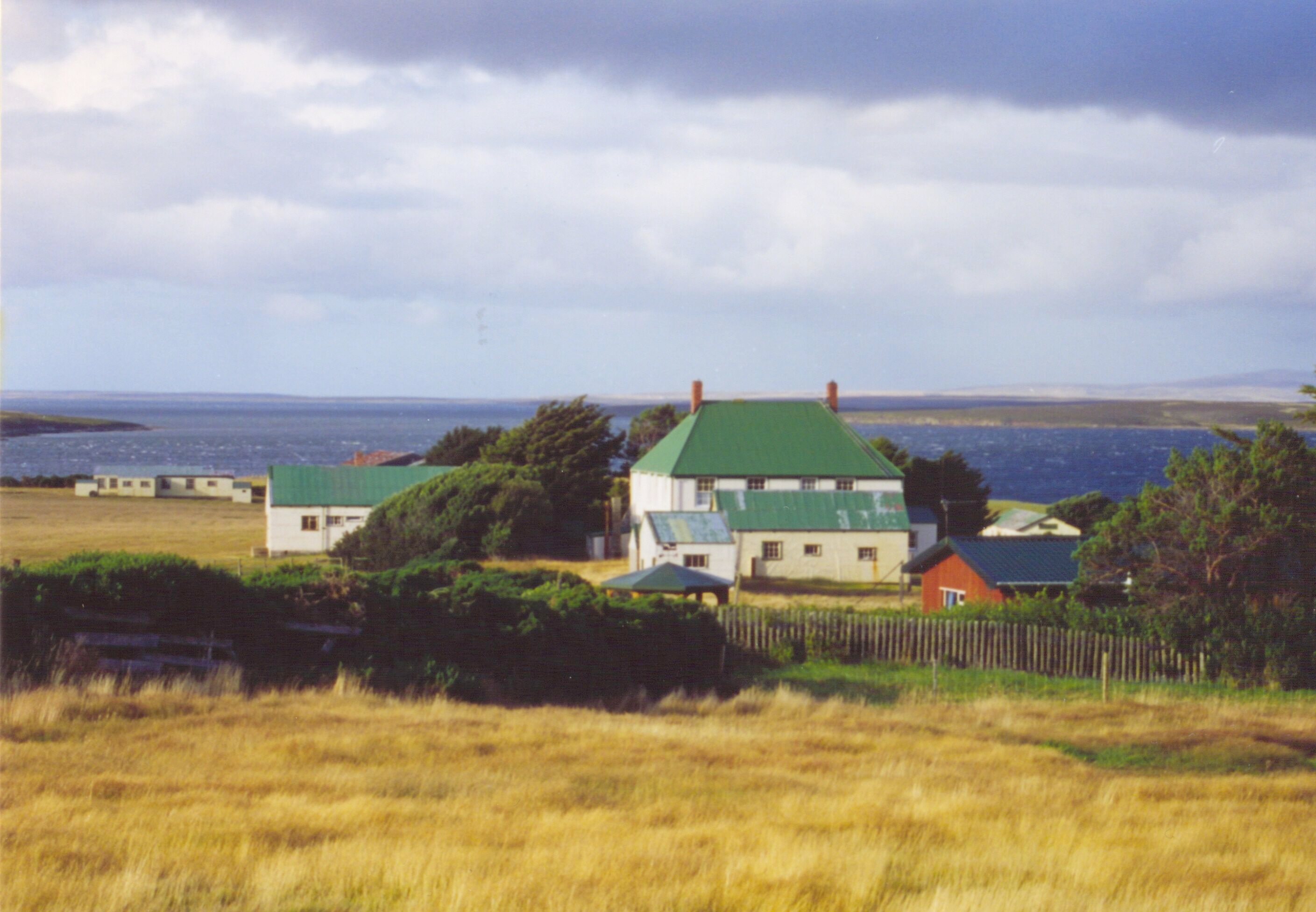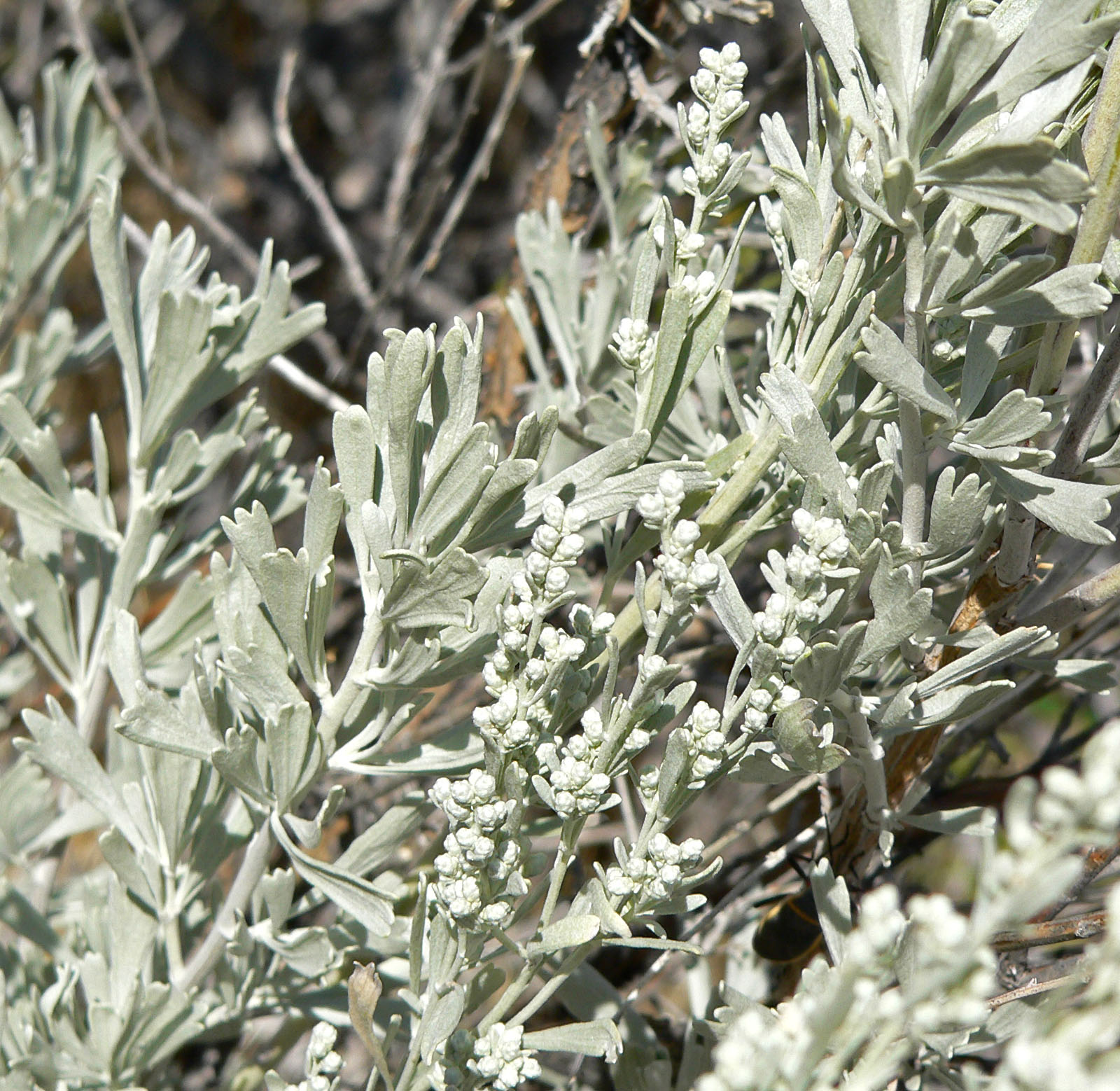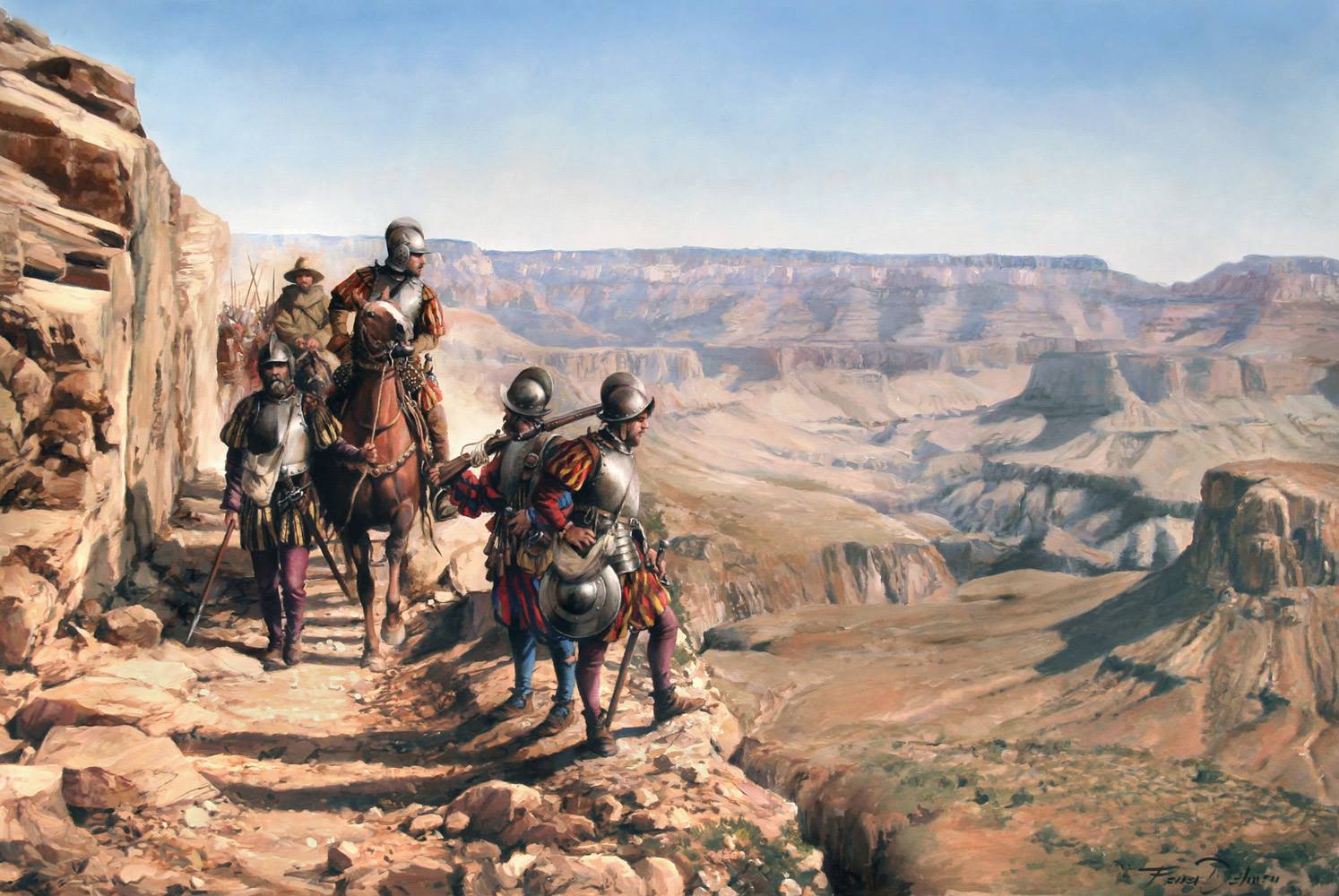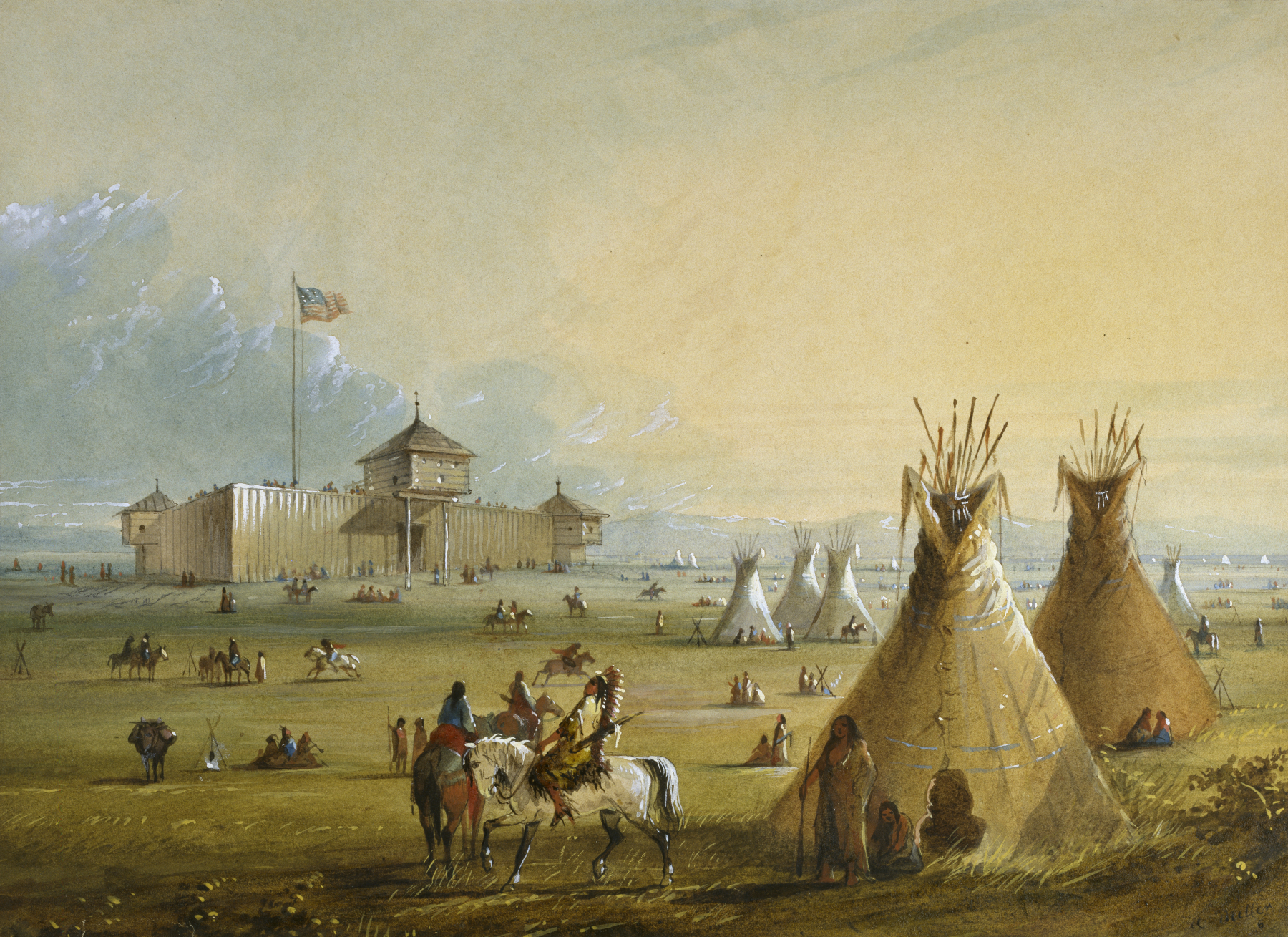|
Shrub–steppe
Shrub-steppe is a type of low-rainfall natural grassland. While arid, shrub-steppes have sufficient moisture to support a cover of perennial grasses or shrubs, a feature which distinguishes them from deserts. The primary ecological processes historically at work in shrub-steppe ecosystems are drought and fire. Shrub-steppe plant species have developed particular adaptations to low annual precipitation and summer drought conditions. Plant adaptations to different soil moisture regimes influence their distribution. A frequent fire regime in the shrub-steppe similarly adds to the patchwork pattern of shrub and grass that characterizes shrub-steppe ecosystems. North America The shrub-steppes of North America occur in the western United States and western Canada, in the rain shadow between the Cascades and Sierra Nevada on the west and the Rocky Mountains on the east. They extend from south-central British Columbia down into south central and south-eastern Washington, eastern Ore ... [...More Info...] [...Related Items...] OR: [Wikipedia] [Google] [Baidu] |
Rain Shadow
A rain shadow is an area of significantly reduced rainfall behind a mountainous region, on the side facing away from prevailing winds, known as its leeward side. Evaporated moisture from water bodies (such as oceans and large lakes) is carried by the prevailing onshore breezes towards the drier and hotter inland areas. When encountering elevated landforms, the moist air is driven upslope towards the peak, where it expands, cools, and its moisture condenses and starts to precipitate. If the landforms are tall and wide enough, most of the humidity will be lost to precipitation over the windward side (also known as the ''rainward'' side) before ever making it past the top. As the air descends the leeward side of the landforms, it is compressed and heated, producing foehn winds that ''absorb'' moisture downslope and cast a broad "shadow" of dry climate region behind the mountain crests. This climate typically takes the form of shrub–steppe, xeric shrublands or even d ... [...More Info...] [...Related Items...] OR: [Wikipedia] [Google] [Baidu] |
Sagebrush
Sagebrush is the common name of several woody and herbaceous species of plants in the genus '' Artemisia''. The best known sagebrush is the shrub '' Artemisia tridentata''. Sagebrushes are native to the North American west. Following is an alphabetical list of common names for various species of the genus ''Artemisia'', along with their corresponding scientific name. Many of these species are known by more than one common name, and some common names represent more than one species. * Alpine sagebrush—' * African sagebrush—'' Artemisia afra'' * Basin sagebrush—'' Artemisia tridentata'' * Big sagebrush—see Basin sagebrush * Bigelow sagebrush—'' Artemisia bigelovii'' * Birdfoot sagebrush—''Artemisia pedatifida'' * Black sagebrush—'' Artemisia nova'' * Blue sagebrush—see Basin sagebrush * Boreal sagebrush—''Artemisia norvegica'' * Budsage—'' Artemisia spinescens'' * California sagebrush—'' Artemisia californica'' * Carruth's sagebrush—''Artemisia carruthii ... [...More Info...] [...Related Items...] OR: [Wikipedia] [Google] [Baidu] |
Oregon
Oregon () is a state in the Pacific Northwest region of the Western United States. The Columbia River delineates much of Oregon's northern boundary with Washington, while the Snake River delineates much of its eastern boundary with Idaho. The 42° north parallel delineates the southern boundary with California and Nevada. Oregon has been home to many indigenous nations for thousands of years. The first European traders, explorers, and settlers began exploring what is now Oregon's Pacific coast in the early-mid 16th century. As early as 1564, the Spanish began sending vessels northeast from the Philippines, riding the Kuroshio Current in a sweeping circular route across the northern part of the Pacific. In 1592, Juan de Fuca undertook detailed mapping and studies of ocean currents in the Pacific Northwest, including the Oregon coast as well as the strait now bearing his name. Spanish ships – 250 in as many years – would typically not land before reaching Cape M ... [...More Info...] [...Related Items...] OR: [Wikipedia] [Google] [Baidu] |
Bromus Tectorum
''Bromus tectorum'', known as downy brome, drooping brome or cheatgrass, is a winter annual grass native to Europe, southwestern Asia, and northern Africa, but has become invasive in many other areas. It now is present in most of Europe, southern Russia, Japan, South Africa, Australia, New Zealand, Iceland, Greenland, North America and western Central Asia. In the eastern US ''B. tectorum'' is common along roadsides and as a crop weed, but usually does not dominate an ecosystem. It has become a dominant species in the Intermountain West and parts of Canada, and displays especially invasive behavior in the sagebrush steppe ecosystems where it has been listed as noxious weed. ''B. tectorum'' often enters the site in an area that has been disturbed, and then quickly expands into the surrounding area through its rapid growth and prolific seed production. The reduction of native plants and the increased fire frequency caused by ''B. tectorum'' prompted the United States Fish and Wil ... [...More Info...] [...Related Items...] OR: [Wikipedia] [Google] [Baidu] |
Pseudoroegneria Spicata
''Pseudoroegneria spicata'' is a species of grass known by the common name bluebunch wheatgrass. This native western North American perennial bunchgrass is also known by the scientific synonyms ''Elymus spicatus'' and ''Agropyron spicatum''. The grass can be found in the United States, Canada, and Mexico from Alaska and Yukon south as far as Sonora and Nuevo León. Description Bluebunch wheatgrass can grow up to three feet tall. It can often be distinguished from other bunchgrasses by the awns on its seedheads which stand out at an angle nearly 90 degrees from the stem. It is often bluish. The roots of the grass have a waxy layer that helps it resist desiccation in dry soils. In areas with more moisture the grass may produce rhizomes. The relationship between the traits and climates of ''P. spicata'' is consistent with those of other grass species that also have a summer growing season. Populations of ''P. spicata'' from warm, arid environments are often smaller with earlier ph ... [...More Info...] [...Related Items...] OR: [Wikipedia] [Google] [Baidu] |
Tussock (grass)
Tussock grasses or bunch grasses are a group of grass species in the family Poaceae. They usually grow as singular plants in clumps, tufts, hummocks, or bunches, rather than forming a sod or lawn, in meadows, grasslands, and prairies. As perennial plants, most species live more than one season. Tussock grasses are often found as forage in pastures and ornamental grasses in gardens. Many species have long roots that may reach or more into the soil, which can aid slope stabilization, erosion control, and soil porosity for precipitation absorption. Also, their roots can reach moisture more deeply than other grasses and annual plants during seasonal or climatic droughts. The plants provide habitat and food for insects (including Lepidoptera), birds, small animals and larger herbivores, and support beneficial soil mycorrhiza. The leaves supply material, such as for basket weaving, for indigenous peoples and contemporary artists. Tussock and bunch grasses occur in almost any ha ... [...More Info...] [...Related Items...] OR: [Wikipedia] [Google] [Baidu] |
Purshia Tridentata
''Purshia tridentata'', with the common name bitterbrush, is a shrub in the genus '' Purshia'' of the family Rosaceae. It is native to mountainous areas of western North America. Common names include antelope bitterbrush, antelope bush, buckbrush, quinine brush, and less commonly deerbrush, blackbrush, and greasewood. Some of these names are shared with other species. Description ''Purshia tridentata'' is a deciduous shrub growing to a height of . It has many branches and slender green, three- to five-lobed leaves 5–20 millimetres long. It is a nitrogen-fixing plant. The flowers are pale yellow, with five petals 6–8 mm long, and darker yellow anthers. The fruit is a cluster of dry, slender, leathery achenes 0.6–2 centimetres long. Varieties There are two named varieties of the species: *''Purshia tridentata var. glandulosa'' — Eastern Sierra Nevada, Southern California *''Purshia tridentata var. tridentata'' Distribution The plant is found fr ... [...More Info...] [...Related Items...] OR: [Wikipedia] [Google] [Baidu] |
Artemisia Tridentata
''Artemisia tridentata'', commonly called big sagebrush,MacKay, Pam (2013), ''Mojave Desert Wildflowers'', 2nd ed., , p. 264. Great Basin sagebrush or (locally) simply sagebrush, is an aromatic shrub from the family Asteraceae, which grows in arid and semi-arid conditions, throughout a range of cold desert, steppe, and mountain habitats in the Intermountain West of North America. The vernacular name "sagebrush" is also used for several related members of the genus '' Artemisia'', such as California sagebrush (''Artemisia californica''). Big sagebrush and other ''Artemisia'' shrubs are the dominant plant species across large portions of the Great Basin. The range extends northward through British Columbia's southern interior, south into Baja California, and east into the western Great Plains of New Mexico, Colorado, Nebraska, and the Dakotas. Several major threats exist to sagebrush ecosystems, including human settlements, conversion to agricultural land, livestock grazin ... [...More Info...] [...Related Items...] OR: [Wikipedia] [Google] [Baidu] |
Arizona
Arizona ( ; nv, Hoozdo Hahoodzo ; ood, Alĭ ṣonak ) is a U.S. state, state in the Southwestern United States. It is the list of U.S. states and territories by area, 6th largest and the list of U.S. states and territories by population, 14th most populous of the 50 states. Its capital city, capital and List of largest cities, largest city is Phoenix, Arizona, Phoenix. Arizona is part of the Four Corners region with Utah to the north, Colorado to the northeast, and New Mexico to the east; its other neighboring states are Nevada to the northwest, California to the west and the List of states of Mexico, Mexican states of Sonora and Baja California (state), Baja California to the south and southwest. Arizona is the 48th state and last of the contiguous United States, contiguous states to be admitted to the Union, achieving statehood on February 14, 1912. Historically part of the territory of in New Spain, it became part of independent Mexico in 1821. After being defeated in th ... [...More Info...] [...Related Items...] OR: [Wikipedia] [Google] [Baidu] |
New Mexico
) , population_demonym = New Mexican ( es, Neomexicano, Neomejicano, Nuevo Mexicano) , seat = Santa Fe, New Mexico, Santa Fe , LargestCity = Albuquerque, New Mexico, Albuquerque , LargestMetro = Albuquerque metropolitan area, Tiguex , OfficialLang = None , Languages = English language, English, Spanish language, Spanish (New Mexican Spanish, New Mexican), Navajo language, Navajo, Keres language, Keres, Zuni language, Zuni , Governor = , Lieutenant Governor = , Legislature = New Mexico Legislature , Upperhouse = New Mexico Senate, Senate , Lowerhouse = New Mexico House of Representatives, House of Representatives , Judiciary = New Mexico Supreme Court , Senators = * * , Representative = * * * , postal_code = NM , TradAbbreviation = N.M., N.Mex. , area_rank = 5th , area_total_sq_mi = 121,591 , area_total_km2 = 314,915 , area_land_sq_mi = 121,298 , area_land_km2 = 314,161 , area_water_sq_mi = 292 , area_water_km2 = 757 , area_water_percent = 0.24 , ... [...More Info...] [...Related Items...] OR: [Wikipedia] [Google] [Baidu] |
Colorado
Colorado (, other variants) is a state in the Mountain states, Mountain West subregion of the Western United States. It encompasses most of the Southern Rocky Mountains, as well as the northeastern portion of the Colorado Plateau and the western edge of the Great Plains. Colorado is the List of U.S. states and territories by area, eighth most extensive and List of U.S. states and territories by population, 21st most populous U.S. state. The 2020 United States Census, 2020 United States census enumerated the population of Colorado at 5,773,714, an increase of 14.80% since the 2010 United States Census, 2010 United States census. The region has been inhabited by Indigenous peoples of the Americas, Native Americans and their Paleo-Indians, ancestors for at least 13,500 years and possibly much longer. The eastern edge of the Rocky Mountains was a major migration route for early peoples who spread throughout the Americas. "''Colorado''" is the Spanish adjective meaning "ruddy", th ... [...More Info...] [...Related Items...] OR: [Wikipedia] [Google] [Baidu] |
Wyoming
Wyoming () is a state in the Mountain West subregion of the Western United States. It is bordered by Montana to the north and northwest, South Dakota and Nebraska to the east, Idaho to the west, Utah to the southwest, and Colorado to the south. With a population of 576,851 in the 2020 United States census, Wyoming is the least populous state despite being the 10th largest by area, with the second-lowest population density after Alaska. The state capital and most populous city is Cheyenne, which had an estimated population of 63,957 in 2018. Wyoming's western half is covered mostly by the ranges and rangelands of the Rocky Mountains, while the eastern half of the state is high-elevation prairie called the High Plains. It is drier and windier than the rest of the country, being split between semi-arid and continental climates with greater temperature extremes. Almost half of the land in Wyoming is owned by the federal government, generally protected for public uses. The stat ... [...More Info...] [...Related Items...] OR: [Wikipedia] [Google] [Baidu] |

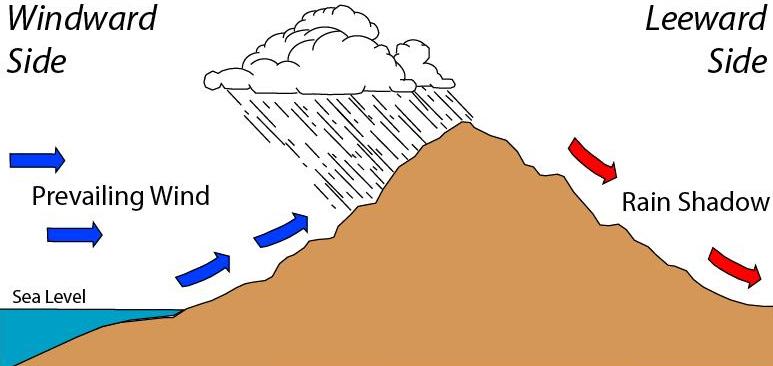

.jpg)


